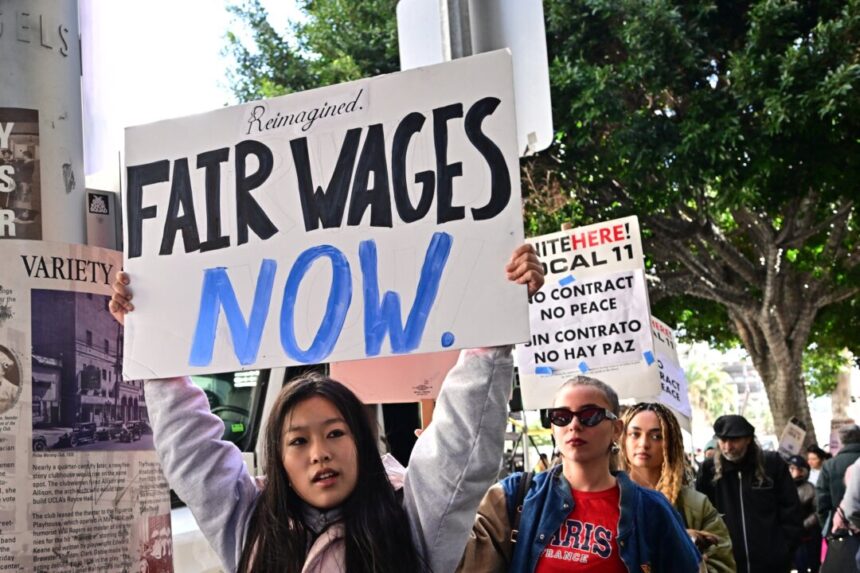Commentary
In the midst of economic uncertainty over the past four years, one area that seemed promising was the job market. Despite the challenges posed by lockdowns, there was hope for recovery. However, as we approach fall 2024, some troubling trends are emerging.
Labor participation and worker/population ratios have not fully rebounded from the effects of lockdowns, and new job opportunities are declining just when they should be increasing. Both full-time and part-time job openings are dwindling, making it tough for new hires and job seekers in various sectors, particularly hospitality and business/professional services.
The data also shows a significant drop in the number of young people in the labor market, while unemployment rates across all categories are on the rise.
Various factors, such as regulations, inflation, and rising costs, have hindered job creation in the US. Inflation has diverted resources from labor to cover essential expenses, leading to reduced real wages. The upcoming Census Bureau survey on real median household income is expected to reveal a substantial decline, reflecting the impact of inflation.
The changing landscape of the labor market has made job hunting more challenging, with many job postings being deceptive and the emphasis on diversity and inclusion creating tensions among employees. The current financial strain has made employers more risk-averse, further complicating the job market.
These challenges in today’s labor market starkly contrast with the experiences of past generations, highlighting the evolving nature of work and hiring practices. The current environment demands adaptability and resilience from both job seekers and employers.
He transitioned from one job to another, acquiring valuable skills along the way until he became truly indispensable. He mastered the art of working efficiently, understanding his responsibilities, honing his skills, and adding value. These early lessons had a profound impact on his life.
In today’s world, such a journey seems improbable due to the overwhelming presence of bureaucracy, regulations, taxes, HR protocols, and legal concerns in the job market. Despite the common Labor Day narratives, labor unions post-1930s have not necessarily benefited American workers. Instead, they have monopolized the labor force, excluded certain individuals, maintained wages artificially high, and advocated for stringent controls like “child labor laws” and minimum wages that hinder job opportunities for beginners.
While unions played a crucial role in the late 19th century for various reasons, their alignment with government interests has largely been detrimental to workers. Their actions have contributed to the lack of competitiveness in the US economy, making it vulnerable to foreign competition from countries like Japan and China.
The most significant challenge posed by unions is seen in the public sector rather than the private sector. Public-sector unions have obstructed administrative reform by securing extensive privileges that shield them from oversight by elected officials. This has led to the establishment of a highly paid permanent civil service at the taxpayers’ expense, hindering genuine progress.
The impact of teachers’ unions in prolonging school closures during the pandemic, resulting in adverse effects on students, cannot be overlooked.
As the economy continues to struggle, it is likely that post-election data will reveal the true extent of the recession, potentially backdated. With labor markets faltering and sluggish economic growth, this downturn appears inevitable.
This Labor Day, workers find little reason to rejoice. The current landscape presents challenges that require careful navigation.
(Disclaimer: The opinions expressed in this article are solely those of the author and do not represent the views of The Epoch Times.) Please rephrase this sentence.
Source link






